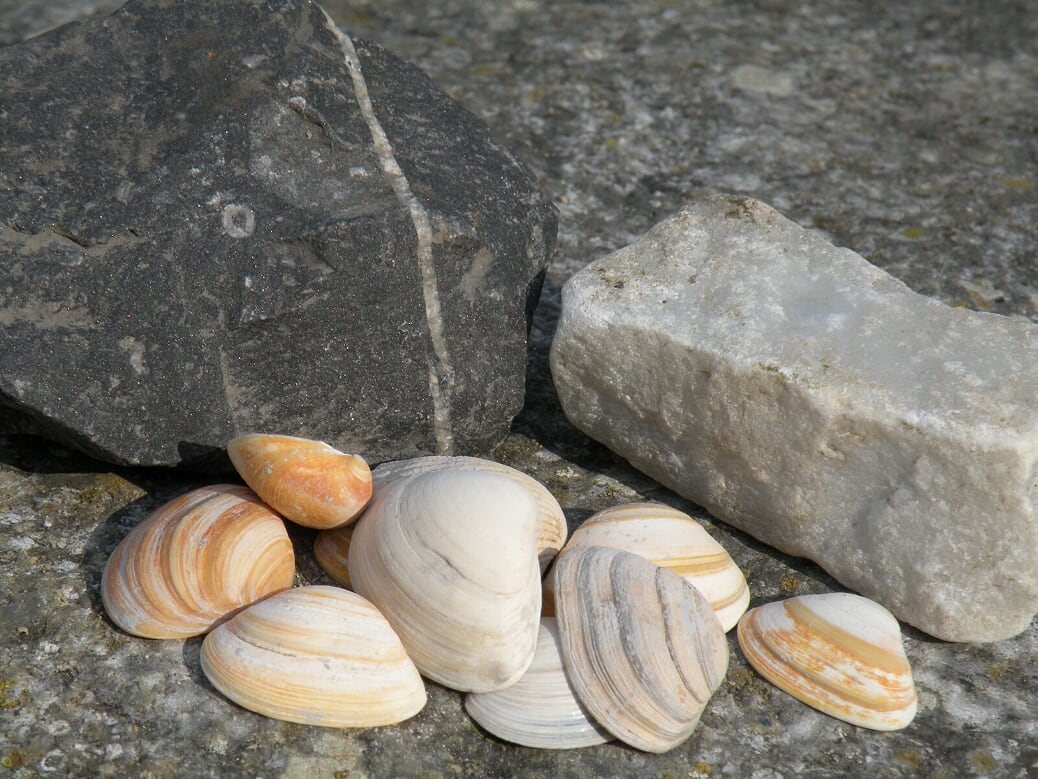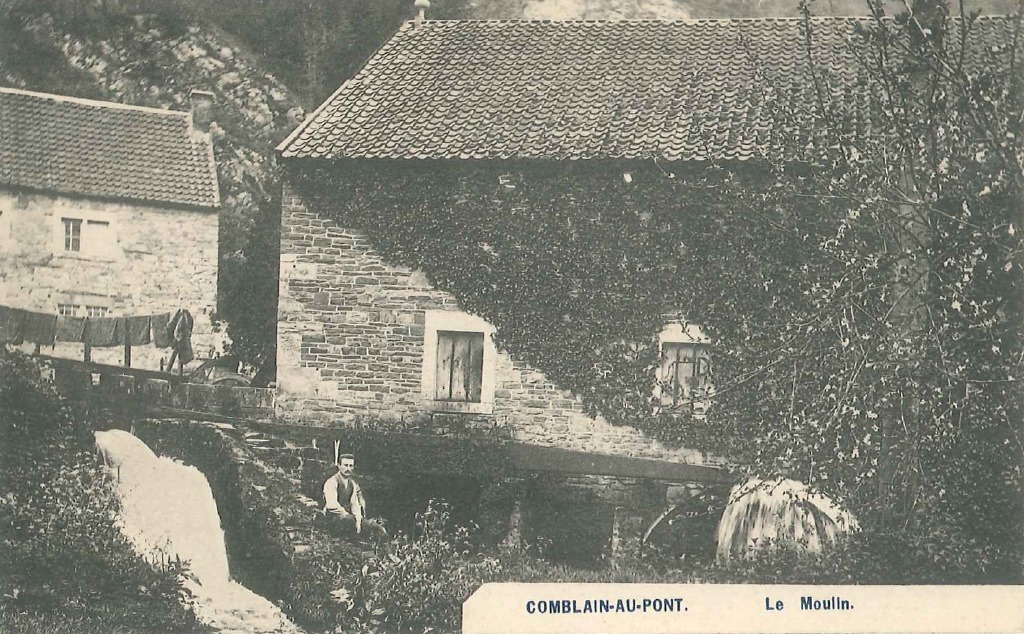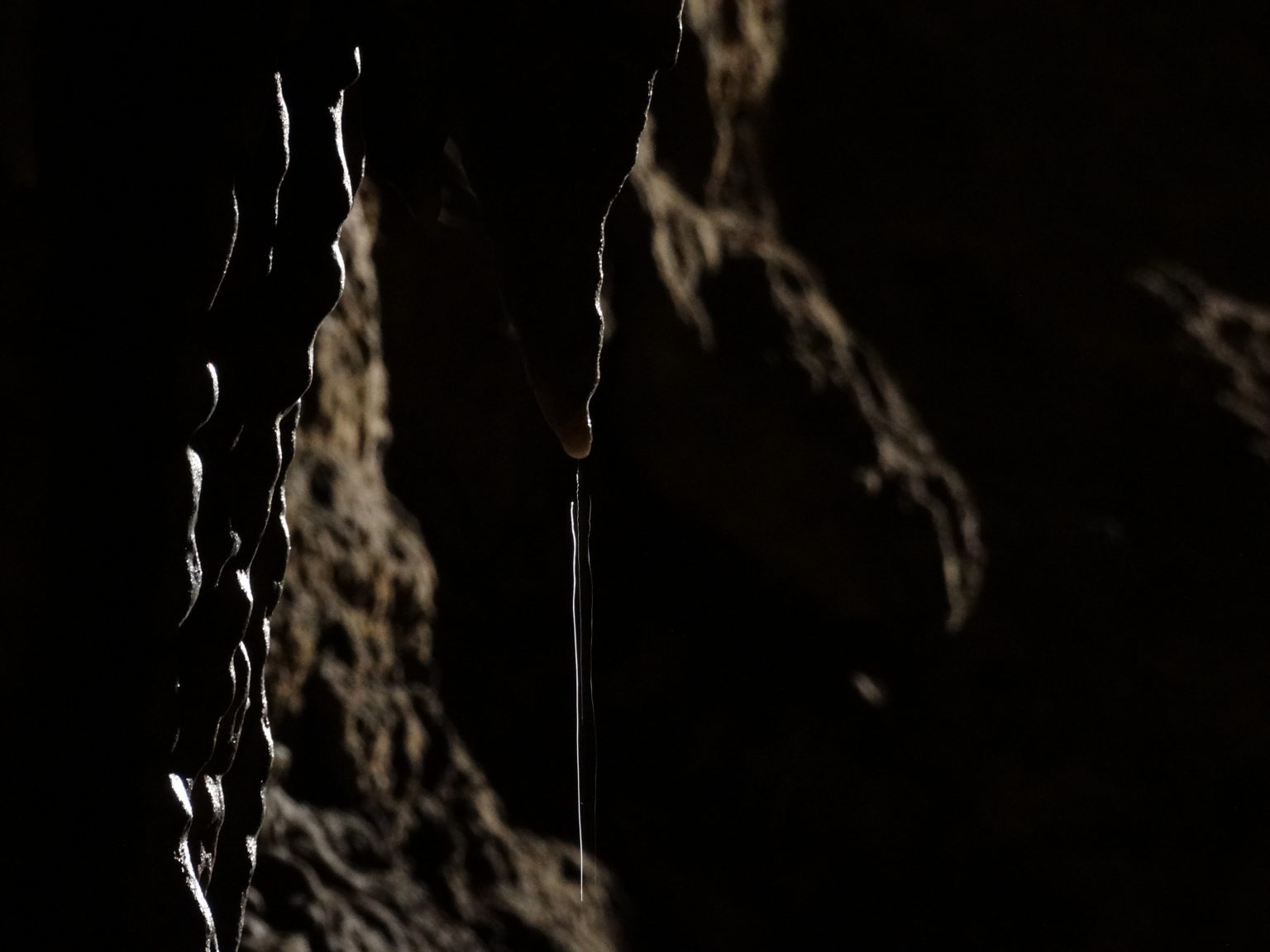The rock
The basement of the region is made of sandstone and limestone.
These two types of rock were formed during the Paleozoic era (-540 to -250 million years).
At that time, the morphology of the Earth was totally different from now.
Our region was below the surface of the water in the tropics.
For millennia, deposits have formed there on the sea floor.
As time passed, the pressure eventually transformed these different layers into stone:
✔ the sand became sandstone
✔ corals, shells and skeletons of marine animals have turned into limestone
These sedimentary rocks are the foundation of the karst basements.

Over the millions of years that followed, changes to the surface of the Earth’s crust gradually led our region to its present location. The folds due to the displacement of the tectonic plates caused numerous fractures (known as joints) in the rock layers.

The chambers
Two million years ago, a stream flowed though one of these cracks.
The strength of the current gradually widened a passage as the water went deeper under the ground, creating the different chambers of the cave.
Today, this stream should still exist but outside the discovered zones of the grotto.
The source however has been located in Lizin, within the municipality of Ouffet.
Its course is almost exclusively subterranean.
Its karst spring can be seen near an old mill in the center of the village.
The speleothems
Stalagmites, stalactites and other cave formations are the result of the slow work of raindrops.
One by one, they become acidic by penetrating the earth and charging with carbon dioxide.
Throughout its descent the water is now able to dissolve the limestone, gradually absorbing microparticles of it.
In contact with the air of the chamber, the carbon dioxide will escape from the water, releasing then the limestone. This deposit in the form of calcite crystals is the building element of the various speleothems.





